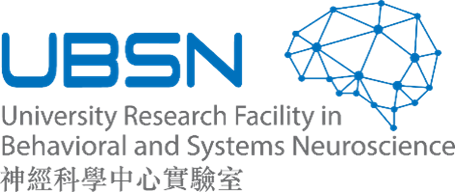ISS Near infra-red spectroscopy (NIRS) is a system to detect tissue oxygenation changes in the brain and muscle. This detection of tissue oxygenation is possible because of the relative transparency of biological tissues to NIR wavelengths, and uses the oxygen-dependent absorption spectra of the main tissue chromophores-haemoglobin, myoglobin and cytochrome-c oxidase at these wavelengths. NIRS has been applied to various research domains in healthy populations and patients with neurological and psychiatric disorders.
Specifications:
• NIRS measurement method: frequency domain
• Modulation frequency: 110MHz
• Sampling time: minimum 15ms
• Light source type: fiber coupled laser diodes
• Light source wavelengths: 690nm and 830nm
• Light source power: 10 mW average
• Light detector type: Photomultiplier tubes
Applications:
• Cognitive neuroscience
• Physiological monitoring
Location: ZB217
Hourly rate:
PolyU Users (per hour): $90
Users from other UGC-funded Universities / Self-financed local universities / Non-local universities / HKSAR Government (per hour): $180
Other External Users (per hour): $450
To use, please go to the URFMS
Equipment in-charge: Dr. Tommy LAM


